Introduction
In the annals of global leadership, few stories are as remarkable as that of Narendra Modi, India’s Prime Minister since 2014. Born into a modest family in Gujarat, Modi’s journey from selling tea at a railway station to steering the world’s largest democracy is a testament to grit, vision, and unrelenting ambition. As a leader, he has championed economic reforms, digital innovation, and India’s rise as a global power, while navigating complex challenges like terrorism and international diplomacy. In 2025, Modi remains a polarizing yet pivotal figure, driving India’s aspirations with a blend of tradition and modernity.
Early Life and Humble Beginnings
Narendra Damodardas Modi was born on September 17, 1950, in Vadnagar, Gujarat, to a family from a lower caste near the bottom of India’s social hierarchy. His father ran a tea stall, and young Narendra helped sell tea at Vadnagar’s railway station, learning the value of hard work early. Growing up in a small house with limited means, Modi was shaped by modesty and community values. His curiosity led him to read widely, and he developed an interest in public speaking and social service through the Rashtriya Swayamsevak Sangh (RSS), a Hindu nationalist organization.
Modi’s education was modest but determined. He completed high school in Vadnagar and later earned a Bachelor’s degree in Political Science from Delhi University through distance learning, followed by a Master’s from Gujarat University. His early years were marked by wanderlust; at 17, he left home to explore India, visiting spiritual centers and honing his worldview. These experiences instilled a deep sense of purpose, setting the stage for his political rise.
Rise to Political Prominence
Modi’s political journey began with the RSS, where he rose through the ranks with his organizational skills. In 1985, he joined the Bharatiya Janata Party (BJP), quickly becoming a key strategist. His work in Gujarat’s BJP unit showcased his ability to mobilize voters, and in 2001, he was appointed Chief Minister of Gujarat, a role he held until 2014.
As Chief Minister, Modi focused on economic growth, infrastructure, and attracting investment, branding Gujarat as a business-friendly state. Initiatives like the Vibrant Gujarat Summit drew global companies, boosting the state’s economy. However, his tenure was controversial, marred by the 2002 Gujarat riots, where over 1,000 people, mostly Muslims, died. Critics accused Modi of inaction, while he denied wrongdoing and was never charged, though the U.S. denied him a visa in 2005 on human rights grounds. Modi’s resilience and focus on development kept his popularity intact, paving the way for his national ascent.
Prime Minister of India
In 2014, Modi led the BJP to a historic victory, securing a majority in the Lok Sabha (India’s lower house) and becoming Prime Minister. His campaign, built on promises of “Acche Din” (Good Days) and economic reform, resonated with millions. Re-elected in 2019 and leading into 2025, Modi’s tenure has been transformative:
Economic Reforms: Modi introduced the Goods and Services Tax (GST) to unify India’s tax system and launched “Make in India” to boost manufacturing. His policies have attracted foreign investment, with companies like Tesla exploring Indian markets after Modi’s talks with Elon Musk in April 2025.
Digital India: Modi’s push for digital infrastructure has made India a leader in fintech. Programs like Aadhaar (biometric ID) and UPI (Unified Payments Interface) have revolutionized banking and governance, aligning with his vision of a tech-driven economy.
Infrastructure Growth: From new highways to the Pamban Bridge in Rameswaram (inaugurated April 2025), Modi has prioritized connectivity. His ₹13,480 crore projects in Bihar and ₹3,880 crore in Varanasi reflect this focus.
Global Diplomacy: Modi has elevated India’s global stature, strengthening ties with the U.S., Saudi Arabia, and Sri Lanka. His April 2025 visits to Sri Lanka (where he received the Mitra Vibhushana award) and Saudi Arabia underscored India’s strategic role. Talks with U.S. Vice President JD Vance and President Trump highlight his warm relationship with global leaders, navigating trade and security issues.
Social Initiatives: Schemes like Swachh Bharat (Clean India) and Ayushman Bharat (healthcare) aim to improve living standards, while empowering women through dairy cooperatives in Varanasi.
Leadership Style and Philosophy
Modi’s leadership is defined by bold decisions and a personal touch. Known for marathon work hours and minimal sleep, he combines discipline with charisma, connecting with millions through radio talks like Mann Ki Baat and social media posts on X, where he shares everything from Easter greetings to condolences for Pope Francis. His use of English in a 2025 Bihar speech to condemn the Pahalgam terror attack ensured a global audience heard India’s resolve, a rare strategic shift from his usual Hindi addresses.
Modi’s philosophy blends Hindu nationalism with economic pragmatism. He champions “Sabka Saath, Sabka Vikas” (Together with All, Development for All), emphasizing inclusive growth. His spiritual side shines through visits to sacred sites like Shri Anandpur Dham in Madhya Pradesh, where he praised community service in April 2025. Yet, critics argue his policies favor certain groups, and his ties to the RSS stir debate about secularism.
Key Achievements
Economic Growth: India became the world’s fifth-largest economy under Modi, with initiatives like GST and Digital India driving progress.
Counter-Terrorism: Modi’s tough stance on terrorism, seen in his response to the April 2025 Pahalgam attack (26 killed), includes vows to “pursue terrorists to the ends of the earth” and securing the extradition of 26/11 accused Tahawwur Rana.
International Recognition: Awards like Sri Lanka’s Mitra Vibhushana (April 2025) and his role in freeing 3,100 Tamil Nadu fishermen from Sri Lanka reflect his diplomatic clout.
Cultural Advocacy: Modi promotes Indian heritage, pushing for Tamil-language medical education and global recognition of events like Maha Kumbh.
Challenges and Controversies
Modi’s leadership isn’t without criticism:
Gujarat Riots: The 2002 violence remains a stain, with questions about his role lingering despite legal clearance.
Economic Disparities: Critics argue GST and demonetization (2016) hurt small businesses, and unemployment persists despite growth.
Federal Tensions: Tamil Nadu CM M.K. Stalin challenged Modi’s 2025 claim that states “cry for funds,” highlighting Modi’s own demands as Gujarat CM.
Pahalgam Attack Backlash: The April 2025 terror attack in Jammu and Kashmir, killing 26, sparked calls from leaders like Telangana CM Revanth Reddy to “merge PoK with India,” adding pressure on Modi’s security policies.
Modi’s response to the Pahalgam attack—chairing a Cabinet Committee on Security meeting and condemning the act—shows his proactive stance, but critics demand stronger action.
Recent Developments (April 2025)
Pahalgam Terror Attack: Modi vowed to punish perpetrators, speaking in English to ensure global reach, and received condolences from Trump and Putin.
International Engagements: Modi’s Saudi Arabia visit (April 22) strengthened ties, with agreements on space and health. His Sri Lanka trip (April 5) secured defense pacts and fisherman releases.
Domestic Projects: Modi launched ₹13,480 crore projects in Bihar and ₹3,880 crore in Varanasi, focusing on infrastructure and rural empowerment.
Tech Collaboration: Talks with Elon Musk on Tesla and Starlink’s India entry signal Modi’s push for innovation.
Spiritual and Social Outreach: Modi’s Madhya Pradesh temple visit and praise for astronaut Sunita Williams’ return reflect his cultural and global engagement.
Why Narendra Modi Matters
Narendra Modi’s journey mirrors the rise of visionaries like Sundar Pichai—a story of humble roots, relentless drive, and global impact. His policies have modernized India, from digital payments to high-speed rail, while his diplomacy has placed India at the world’s table. Yet, his tenure sparks debate, with supporters lauding his boldness and critics questioning his inclusivity.
In 2025, as India navigates terrorism, trade talks with the U.S., and a tech-driven future, Modi remains a towering figure. For readers of our website, his story offers lessons: embrace challenges, leverage technology, and lead with conviction. Whether you admire or critique him, Modi’s legacy is shaping India’s destiny—one decision at a time.


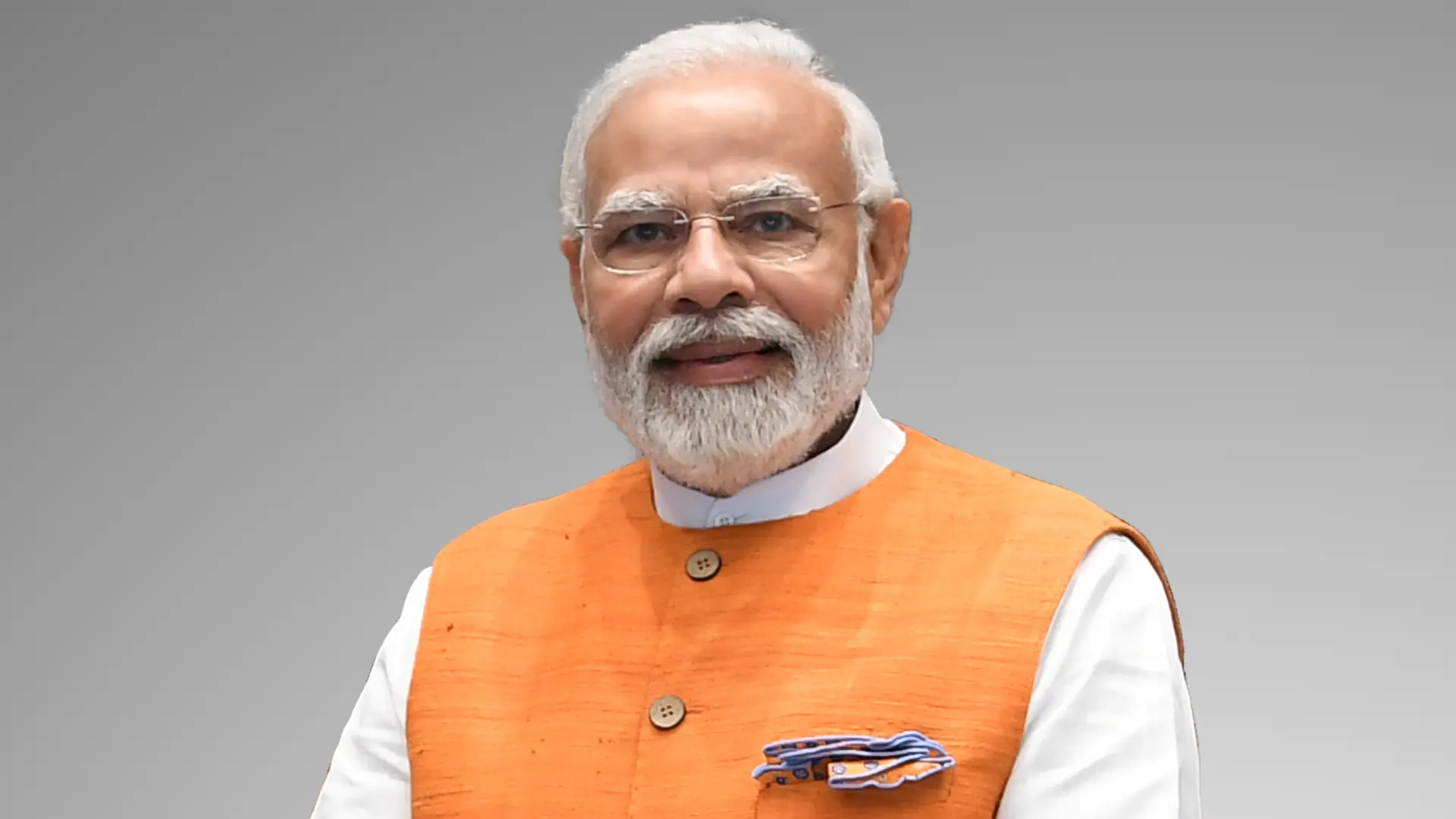
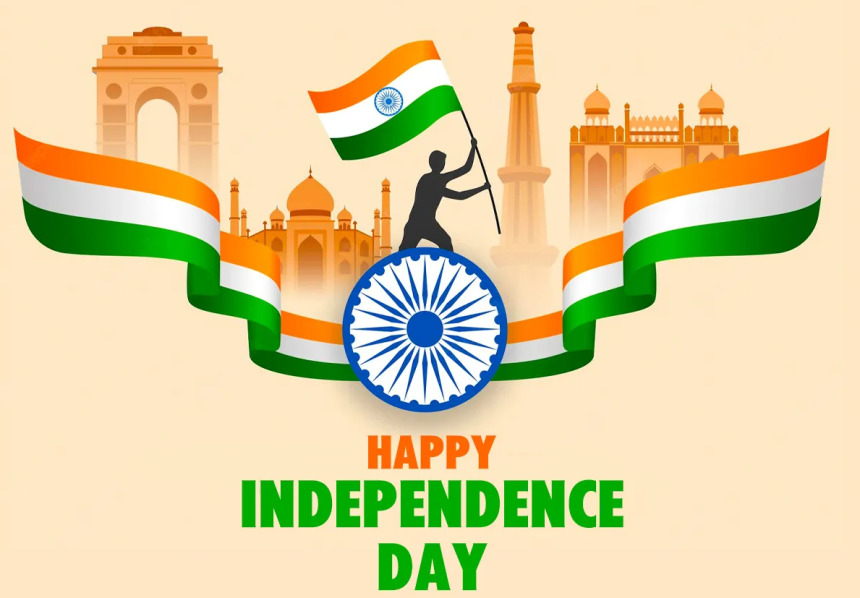
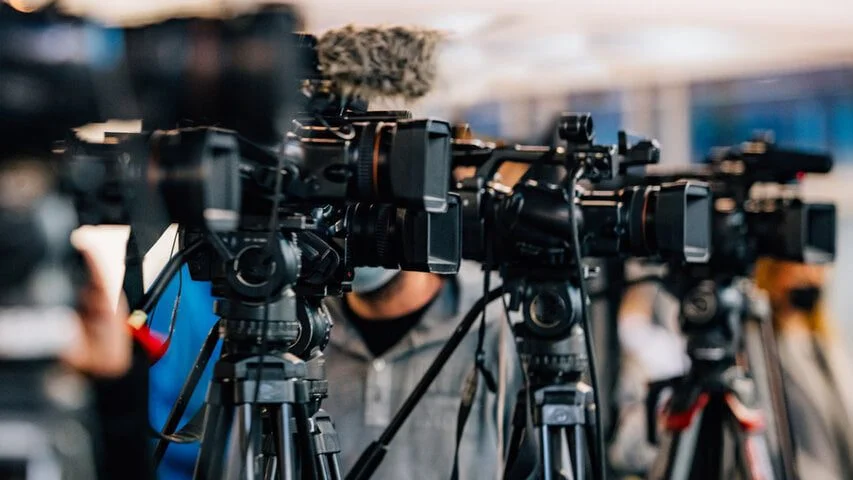
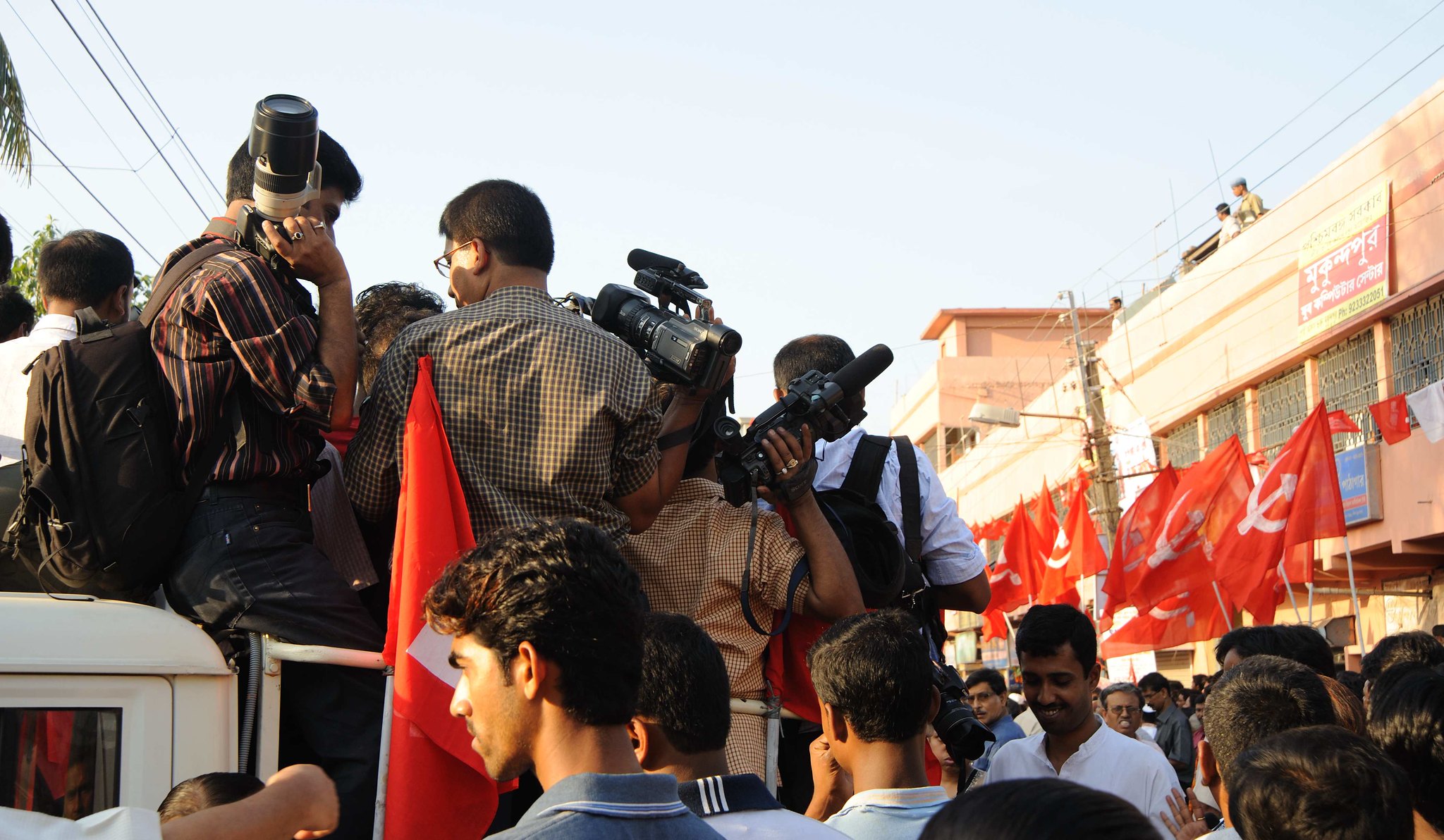
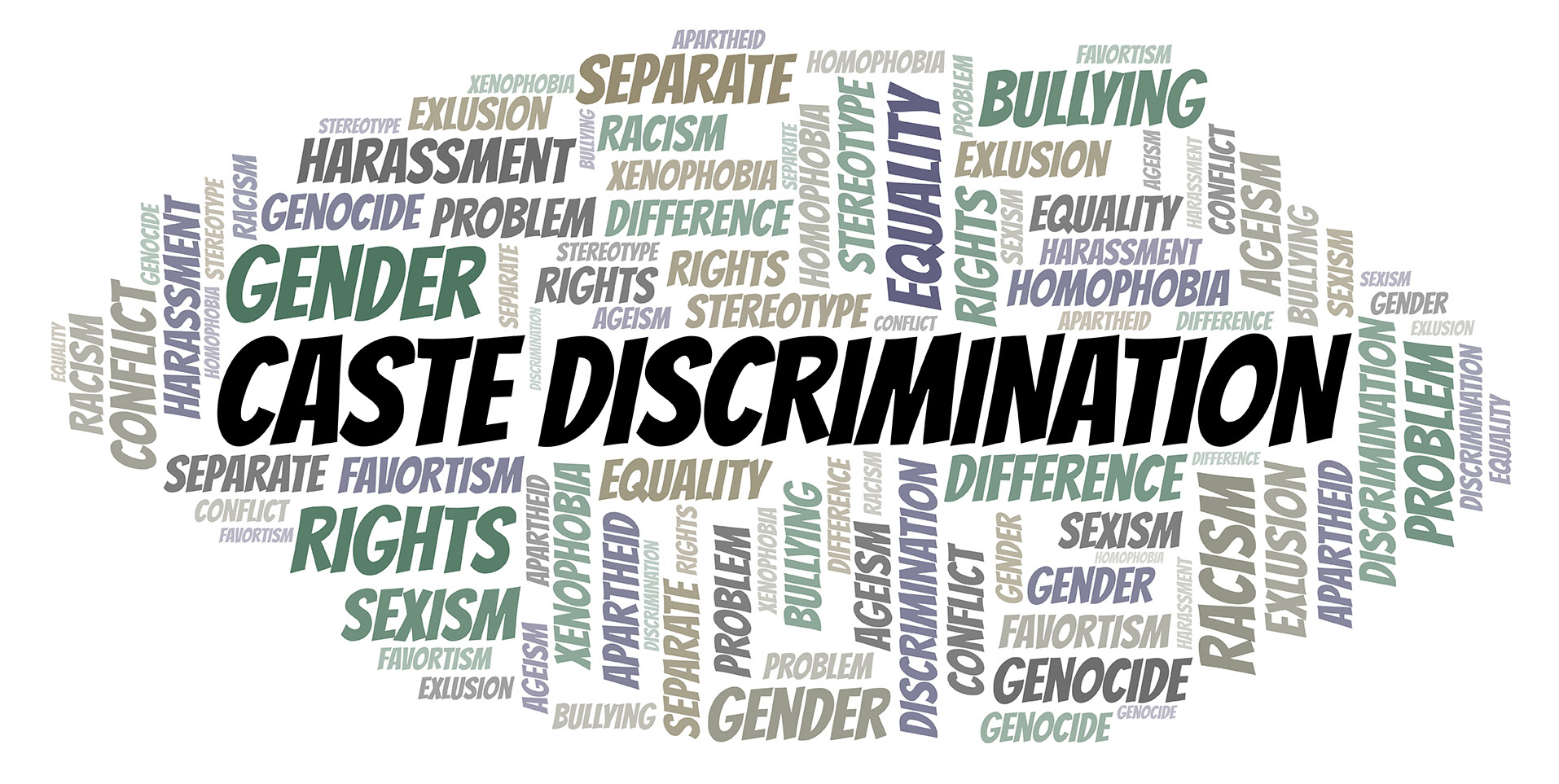



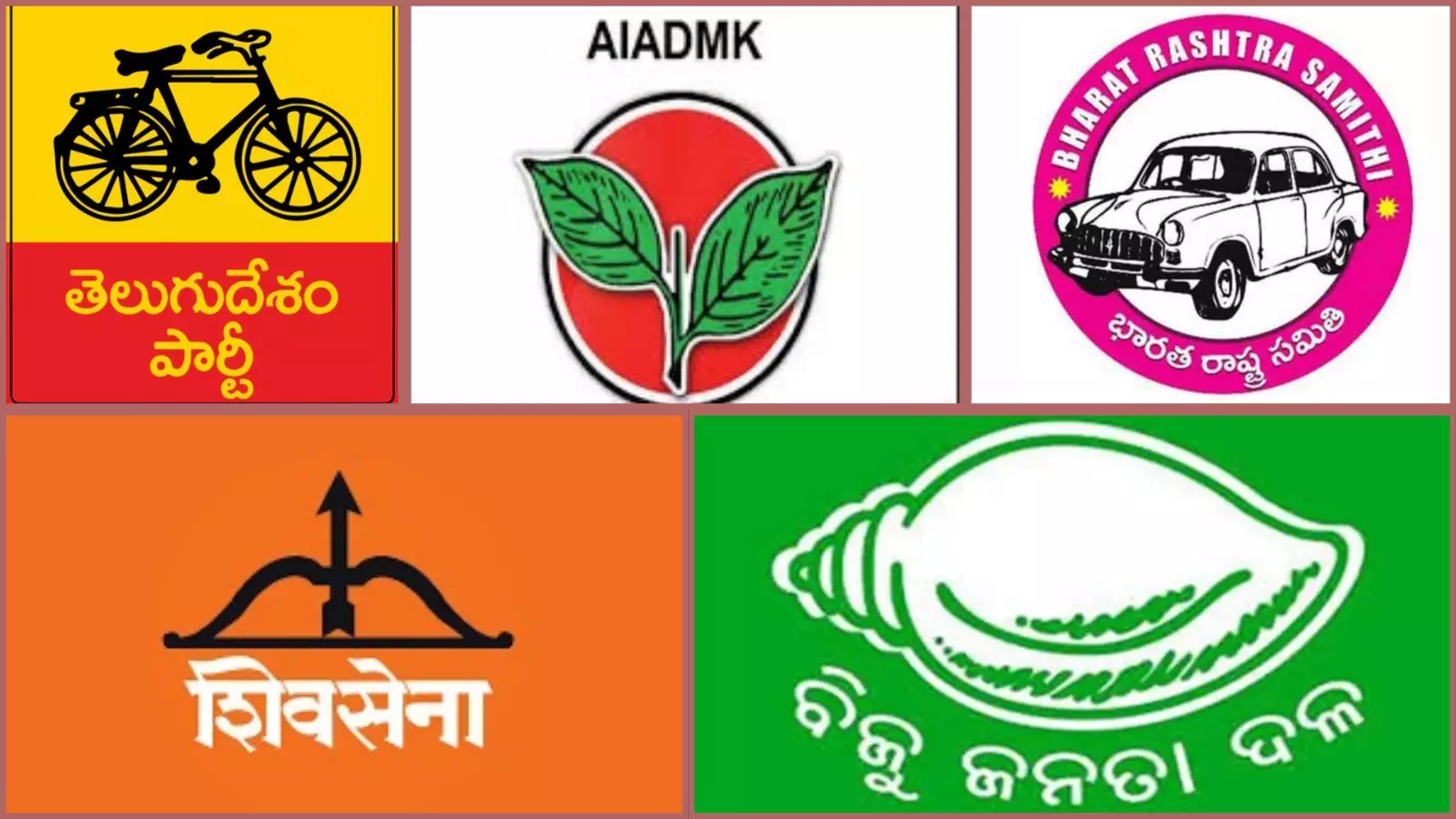

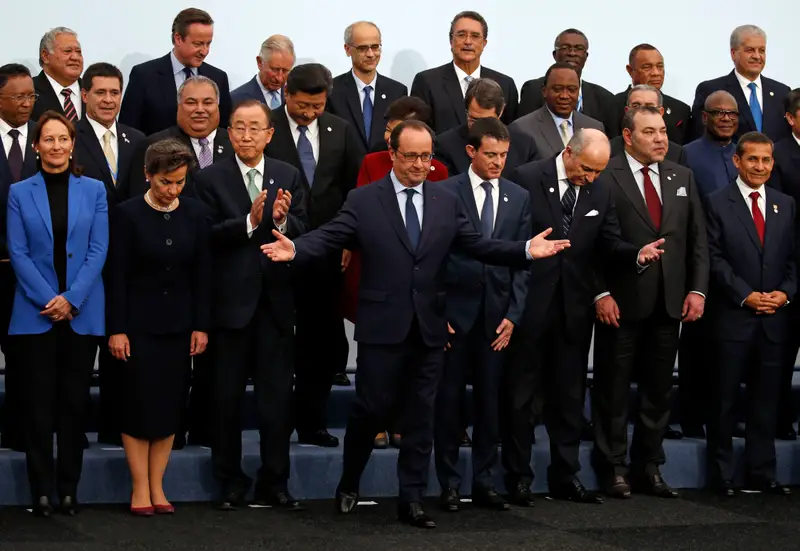
Recent Comments
No comments yet.